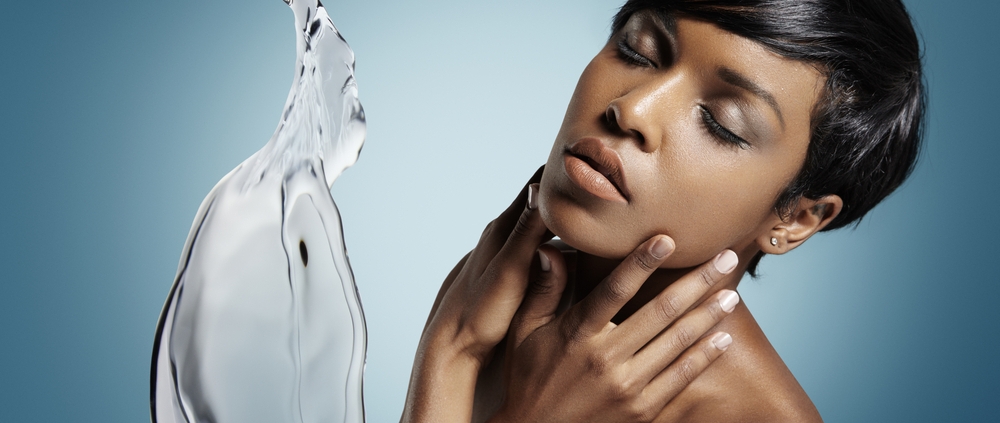Why hyaluronic acid is the perfect hydration boost for all skin types
Hydration is a crucial component if we want our skin to look plumb and burst with vitality. Hyaluronic acid (HA) is an essential ingredient to help moisturise your skin.
Let’s take a more in-depth look at hyaluronic acid: what it is and where it’s found.
Hyaluronic acid is a linear insoluble polymer – mucopolysaccharide. It is one of the most common mucopolysaccharides in nature and is synthesised by all living organisms except algae. It is found in heart valves, in vitreous and synovial fluid, in connective, epithelial and nerve tissue. It is an essential skin component as more than 50% of this acid is contained in the skin. Hyaluronic acid is responsible for the smoothness of the skin due to its ability to retain large amounts of water molecules. It can bind to water in a ratio of a thousand times its weight.
A few facts:
- Hyaluronic acid has been isolated for the first time in the vitreous of calf eyes. Its name is derived from the Greek word “hyalos”, meaning glass.
- A 70 kg person has approximately 15 g of hyaluronic acid in the body. Hyaluronic acid builds up the intracellular substance in mammals. It can be found in a variety of human organs and tissues including the skin (50%), the eyes and the synovial liquids between the joints.
- Hyaluronic acid is produced daily and has a rapid turnover rate: 3 to 5 min in the blood, less than a day in the skin and 1 to 3 weeks in the cartilage. It can also be degraded by free-radicals.
- Hyaluronic acid in the dermis is associated with tissue repair. As we age, there is a dramatic decrease in hyaluronic acid within our body. This affects skin tissues with the visible loss of hydration in the epidermis.
How does it work when applied topically?
HA is a magnet for moisture, it is a brilliant humectant (a substance, used to reduce the loss of moisture).
- As a moisturiser, HA acts differently to lipids and other humectants. Due to its size and molecular weight, it is a remarkable short term barrier replacement. And, it works synergistically with other key moisturising ingredients found in our moisturisers to increase hydration.
- In skincare, HA has been shown to improve the elasticity and firmness of the skin, helping to plump the skin as it attracts and holds moisture into the top layers of the skin
- It is fantastic to re-balance oily or acne-prone skin. It is non-comedogenic, meaning that it does not cause blackheads by blocking the pores of the skin, and helps to keep oily skin hydrated
- In wounded skin, HA is involved in the granulation of tissue formation and re-epithelialization – critical to the healing process. Fabulous if you have experienced any sun damage
What hyaluronic acid is NOT
It is not a miracle worker, it is not a magic anti-ageing ingredient – it is an ingredient that supports skin hydration and healing.
How to include hyaluronic acid into your skincare routine?
- Choose a toner, a serum or a moisturiser that contains this fabulous little ingredient.
- As you would do with substances that may potentially affect your health, check where the HA and other ingredients are coming from. Phyt’s choose to use a vegan hyaluronic acid synthesised from a plant fermentation process (no animal products). The finished product is vegan-friendly, like the vast majority of Phyt’s products.
Hyaluronic acid is the key ingredient of the certified organic AquaPhyt’s range.
Phyt’s Laboratories have used green chemistry to include two types of hyaluronic acid in the AquaPhyt’s products. One acid has a high molecular weight and is used to re-hydrate and smooth the surface layer of the skin, while the other one with low molecular weight penetrates deeper into the skin layers to help plump the skin. The range is complemented by a professional facial treatment.






